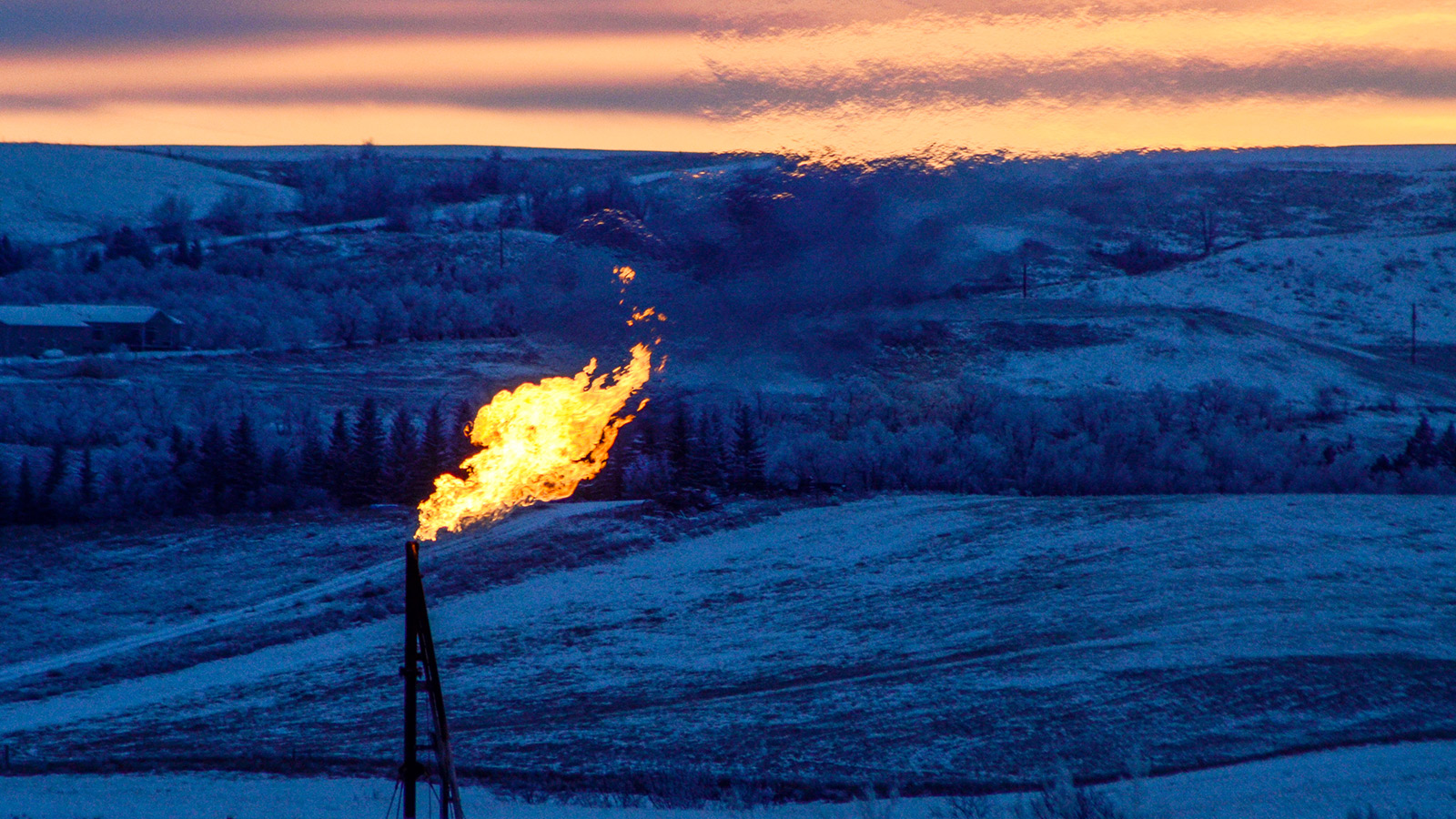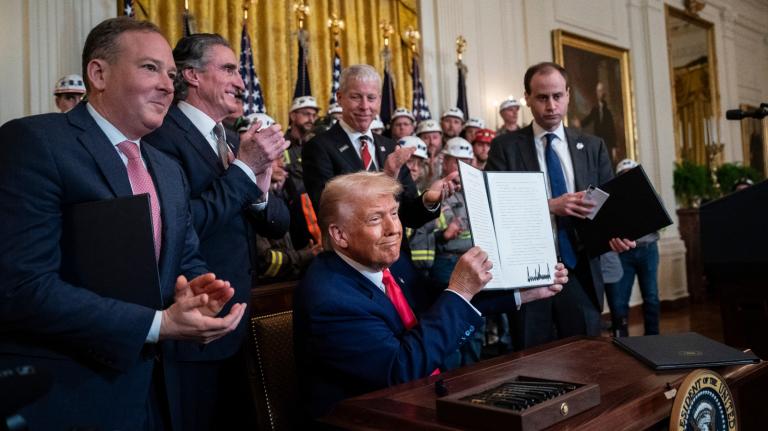In early February, lawmakers in Minnesota passed a law requiring the state’s power utilities to supply customers with 100 percent clean electricity by 2040 — one of the more ambitious clean energy standards in the United States. Democrats, who clinched control of the state legislature in last year’s midterm elections, were euphoric. But not everyone in the region is enthused about Minnesota’s clean energy future. The state may soon face a legal challenge from its next-door neighbor, North Dakota.
Not long after Minnesota’s governor signed the law, the North Dakota Industrial Commission, the three-member body that oversees North Dakota’s utilities, agreed unanimously to consider a lawsuit challenging the new legislation. The law, North Dakota regulators said, infringes on North Dakota’s rights under the Dormant Commerce Clause in the United States Constitution by stipulating what types of energy it can contribute to Minnesota’s energy market.
“This isn’t about the environment. This is about state sovereignty,” North Dakota Governor Doug Burgum, the chair of the Industrial Commission, said. Minnesota Governor Tim Walz, a longtime proponent of clean energy legislation, was quick to respond. “I trust that this bill is solid,” he told reporters. “I trust that it will stand up because it was written to do exactly that.”
The potential showdown illuminates an underappreciated obstacle to the energy transition: interstate beef. Feuds between neighboring states threaten to make the difficult task of getting regional power grids off fossil fuels even more complicated and expensive.
North Dakota hasn’t filed a lawsuit yet, but the Industrial Commission has requested $3 million from the state legislature for legal fees on top of $1 million the commission has already allocated to the effort from its “Lignite Research Program” — an initiative funded by taxes on fossil fuel revenue that researches and develops new coal projects in the state.
It’s no mystery why North Dakota was so quick to go on the offensive. Most of the state’s power comes from coal, and it sells some 50 percent of the electricity it generates to nearby states. Its biggest customer is Minnesota. Minnesota’s new law stipulates that all electricity sold in the state come from renewable sources on a set timeline — 80 percent carbon-free by 2030, 90 percent by 2035, and 100 percent by 2040. That means that North Dakota’s coal-fired power will be squeezed out of Minnesota’s electricity market.
North Dakota regulators are confident they’ll prevail in a legal dispute, but Burgum said the state is waiting to see whether Minnesota will amend its law before taking the disagreement to court. “This is something where if they make a small change we can avoid the certainty of a lawsuit that’s probably going to have a certain outcome to it,” the governor said in early February. The state successfully sued Minnesota over a 2007 law that sought to ban coal imports to the state from new sources. But outside legal experts aren’t so sure the plaintiffs will be victorious this time.
“Minnesota is under no legal duty to prop up North Dakota power plants,” Michael Gerrard, founder of Columbia University’s Sabin Center for Climate Change Law, told Grist. The state would find itself in legal trouble if it discriminated between in-state and out-of-state power plants, he said. For example, if Minnesota’s law accepted coal-fired power from plants inside its own borders but banned coal power from North Dakota, that would certainly violate federal interstate commerce law. But that’s not what Minnesota has proposed. The state is requiring clean power across the board, from in-state and outside sources.
Gerrard pointed to a comparable 2015 case in Colorado. A fossil fuel industry group sued the state over a renewable energy standard it passed in 2004 — the very first clean energy standard passed by popular vote in the U.S. The group argued the standard overstepped Colorado’s authority under the U.S. constitution, a similar argument to the one North Dakota is threatening to make. But a federal court upheld the standard. The decision was written by Neil Gorsuch, who is now one of the more conservative judges on the U.S. Supreme Court.
“We have one of the conservative Supreme Court justices saying that a state clean energy standard is fine,” Gerrard said. “So I think the outlook, if this case gets to the Supreme Court, would be favorable to Minnesota.”
That’s significant, especially from a climate perspective. With Republicans in control of the U.S. House of Representatives, the chances of new climate legislation passing in this Congress are slim. Looking ahead, Gerrard said, the progress that does take place on combating climate change will likely happen at the state level. “Certainly the moves by some of the blue states to do more on climate change are going to be some of the central elements of climate action for the next two years,” he said. He expects red states and the fossil fuel industry to continue to sue to try to stop clean energy mandates. “Industry will fight back,” he said.




